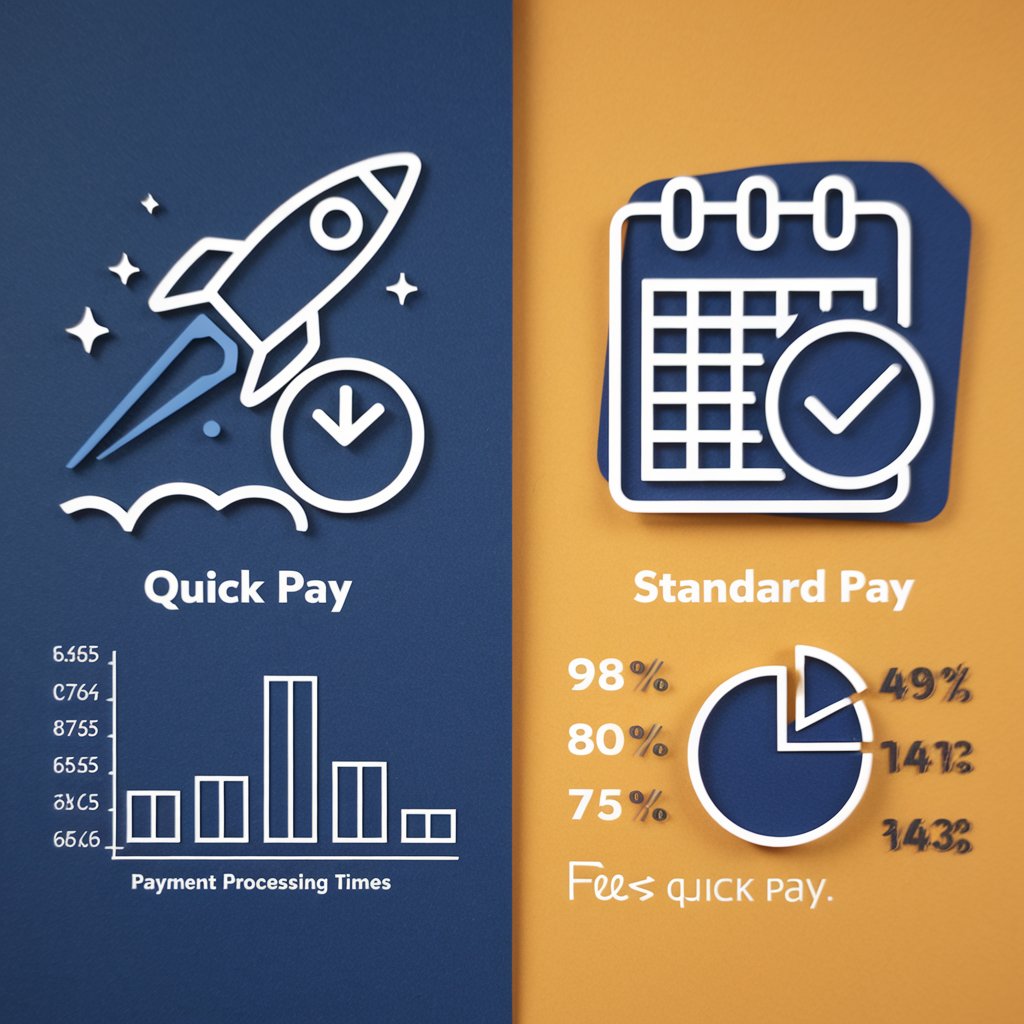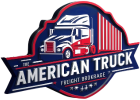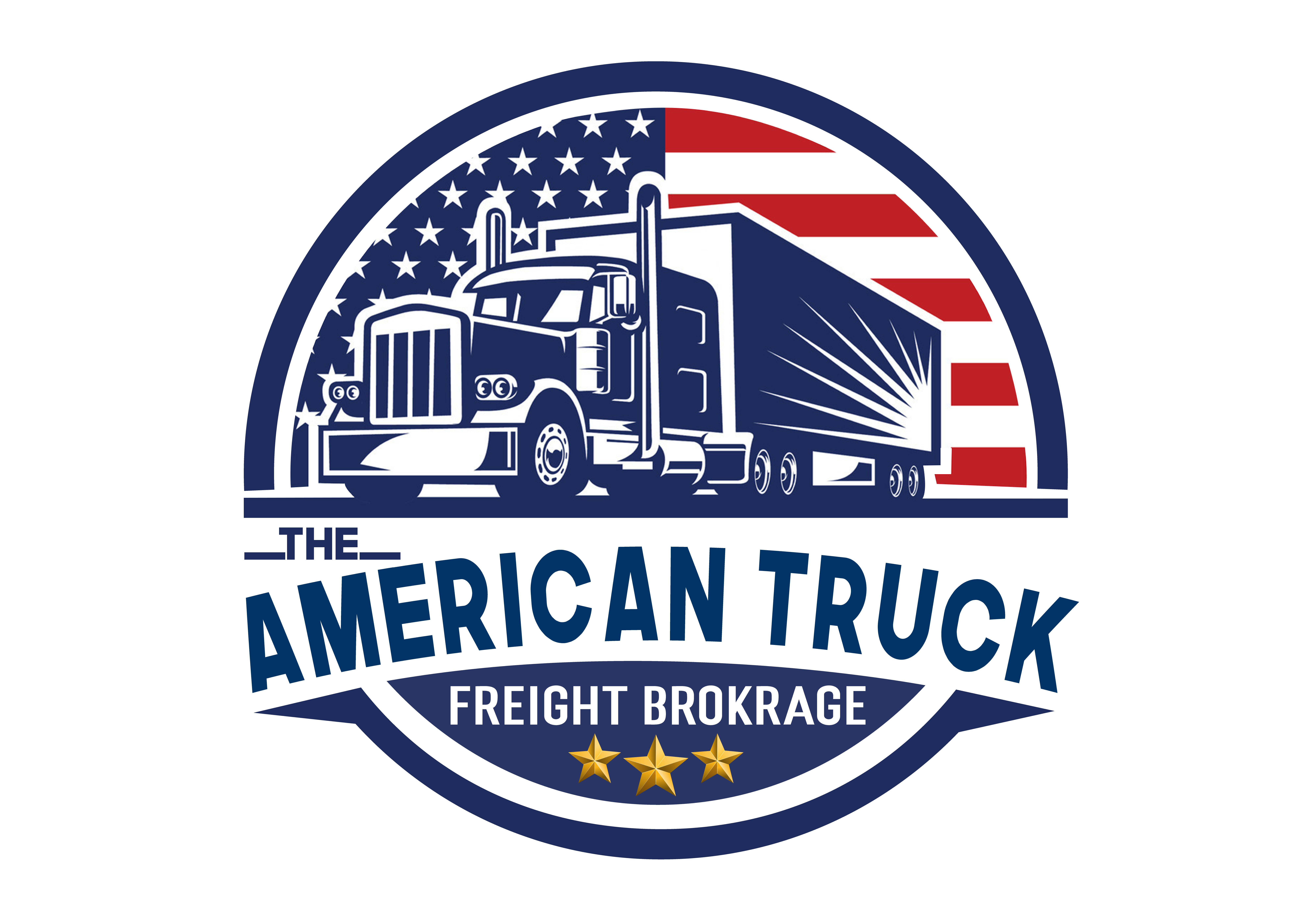
JB Hunt 360 Quick Pay vs. Standard Pay
Which is Right for Your Trucking Business?
Financial efficiency is paramount in the competitive world of logistics and freight management. Carriers often face cash flow challenges that can impede their operations and growth. JB Hunt 360, a comprehensive transportation management platform, offers two primary payment options to its carriers: Quick Pay and Standard Pay. Understanding the differences and benefits of these options can help carriers optimize their financial strategies and improve their operational efficiency.

Quick Pay: The Fast Track to Financial Fluidity
Quick Pay is designed for carriers who prioritize speed in receiving their payments. Here are the key benefits of opting for Quick Pay:
- Expedited Payments:
Rapid Processing: Payments are processed within 48 hours after all load documents are submitted. This quick turnaround time ensures that carriers have access to their funds almost immediately after completing a job.
Enhanced Cash Flow: By receiving payments faster, carriers can maintain a steady cash flow, which is crucial for covering operational costs, paying drivers, and managing other expenses. - Cash Flow Management:
Financial Stability: Quick Pay helps carriers avoid the cash flow gaps that can occur with longer payment cycles. This stability allows for better planning and execution of business strategies.
Investment Opportunities: With faster access to funds, carriers can reinvest in their operations, such as upgrading equipment, expanding their fleet, or exploring new market opportunities. - Elite Status Benefits:
No-Cost Payments for Elite Carriers: Carriers who achieve Elite status by meeting specific service thresholds—such as app usage, on-time service, and completed loads—can enjoy Quick Pay without additional fees.
Recognition and Incentives: Achieving Elite status provides financial benefits and enhances a carrier’s reputation within the JB Hunt network, potentially leading to more business opportunities. - Accessibility for All Carriers:
Option for Non-Elite Carriers: Even if a carrier hasn’t reached Elite status, they can still opt for Quick Pay by paying a 3% fee on all payments. This flexibility ensures that the benefits of Quick Pay are accessible to a wide range of carriers, regardless of their current status.
Standard Pay: The Predictable Path
While Quick Pay offers speed, Standard Pay provides a more traditional and predictable payment structure. Here are the benefits of choosing Standard Pay:
- Consistent Payment Schedule:
21-Day Payment Cycle: Payments are made via direct deposit or check 21 days after the submission of all load documents. This regular cycle allows carriers to plan their finances with confidence and predictability.
Budgeting and Forecasting: Standard Pay’s predictability facilitates better budgeting and financial forecasting, which is essential for long-term business planning. - No Additional Fees:
Cost-Free Transactions: Standard Pay does not incur any fees, making it an attractive option for carriers who want to avoid extra costs and maximize their earnings.
Simplified Financial Management: Carriers can simplify their financial management and maintain clearer profit margins without accounting for additional fees.
Eligibility and Restrictions
Both payment options come with specific eligibility criteria and restrictions that carriers should be aware of:
- Elite Status Requirements for Quick Pay:
Service Thresholds: To qualify for free Quick Pay, carriers must reach Elite status by meeting service thresholds, including app usage, on-time service, and completed loads.
Document Submission: Carriers must submit the bill of lading and invoice for each load to process payments efficiently. - Restrictions for Quick Pay:
Factoring Companies: Carriers using factoring companies must provide a letter of release to set up Quick Pay. This requirement ensures that there are no conflicts with third-party financial arrangements.
Load Types: Quick Pay is unavailable for loads moved through Power Capacity Solutions (PCS) or Intermodal drayage. Carriers should consider these restrictions when choosing their payment option.
Making a choice: Quick Pay or Standard Pay?
Deciding between Quick Pay and Standard Pay depends on several factors, including a carrier’s financial needs, operational model, and growth objectives. Here’s a deeper look into how carriers can evaluate these options:
-
Financial Urgency:
Immediate Cash Needs: Carriers facing immediate cash needs for operational expenses, payroll, or unexpected costs might find Quick Pay the most beneficial option. The rapid access to funds can alleviate financial pressure and ensure smooth operations.
Long-Term Financial Planning: Standard Pay offers a predictable and cost-effective solution for carriers with a more stable financial base and less immediate cash flow concerns. The absence of fees allows for better long-term financial planning and investment. -
Cost Considerations:
Fee vs. No Fee: Elite carriers benefit from fee-free Quick Pay, making it an excellent choice for those who can meet the service thresholds. Non-elite carriers need to weigh the 3% fee against the benefits of faster payments. If the speed of payment significantly enhances their operations, the cost might be justified.
Maximizing Earnings: Carriers focused on maximizing their earnings might prefer Standard Pay to avoid the 3% fee associated with Quick Pay. This option ensures that they retain the total amount earned from their loads. -
Operational Strategy:
Growth and Expansion: Carriers looking to grow and expand their operations might benefit from Quick Pay’s improved cash flow. The ability to reinvest quickly can support expansion efforts and enhance competitiveness.
Stability and Consistency: Standard Pay offers a reliable and straightforward payment process for carriers prioritizing stability and consistency. This option supports steady growth and helps maintain a balanced financial approach.

Final Take:
In the dynamic landscape of freight management, choosing the right payment option is crucial for maintaining financial health and operational efficiency. JB Hunt 360’s Quick Pay and Standard Pay each offer distinct advantages that cater to different business needs.
Quick Pay is ideal for carriers who prioritize speed and enhanced cash flow. It provides payments within 48 hours and offers fee-free transactions for Elite carriers. This option supports immediate financial needs and enables rapid reinvestment in operations.
On the other hand, Standard Pay provides a predictable and fee-free payment schedule, making it suitable for carriers who prefer consistency and straightforward financial management. The 21-day payment cycle allows for reliable budgeting and financial planning.
Ultimately, carriers should assess their circumstances, financial goals, and operational strategies to determine the most suitable payment option. Whether opting for the speed of Quick Pay or the predictability of Standard Pay, JB Hunt 360 offers solutions that enhance financial efficiency and support the diverse needs of carriers in the freight industry.
By carefully evaluating the benefits and aligning them with their business objectives, carriers can make informed decisions that drive success and growth in their operations.
For further details, visit The American Truck Inc.
To schedule appointments, contact us for a complimentary consultancy session.




